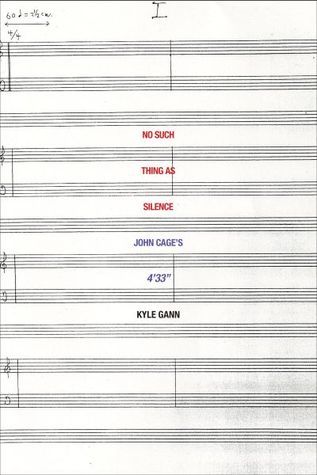What do you think?
Rate this book


270 pages, Kindle Edition
First published January 1, 2009
The Maverick Concert Hall is a lovely open-air theater just south of Woodstock, New York, rustically fashioned to blend with its natural environment. Built like a large barn but with a more gradually pitched roof and striking diagonal windows, the hall opens in the back through four double doors onto additional rows of wooden benches in the open air. There are about as many seats outside as in. Oak, maple, hemlock, and shagbark hickory trees intrude gently on the listening space.1
1. Actually, by 2008 the hemlock trees had succumbed to disease and had to be cut down. The remaining stumps are several feet in diameter.But I’m sure you're still curious... This book, is it a conversational tool to stroke the egos of pretentious cocktail party navel gazers? Or a potential salve for those suffering under a tyranny of sonic annoyance?